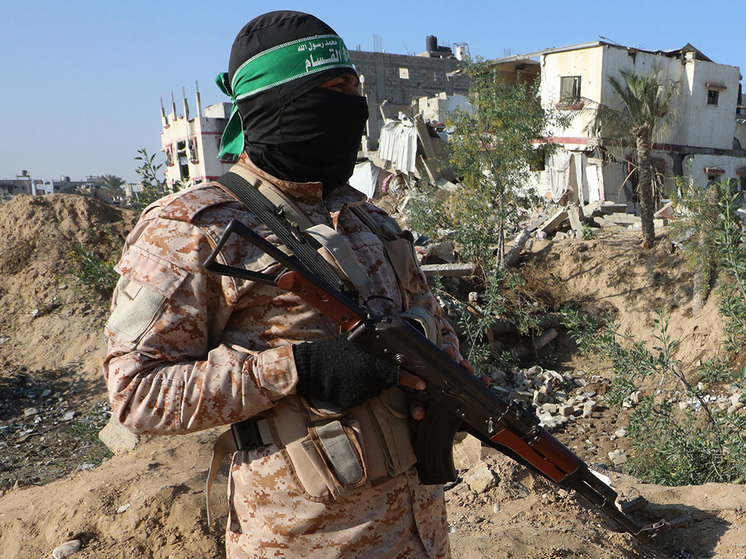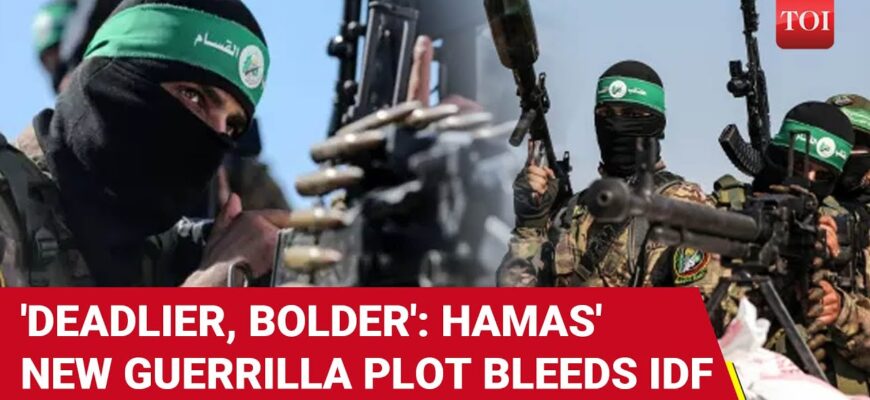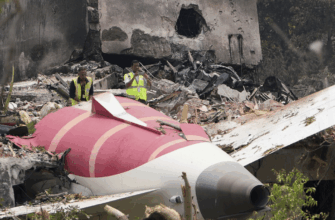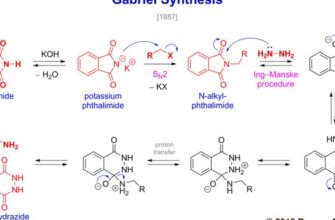
In a significant shift demonstrating resilience despite prolonged conflict, Hamas has reportedly transitioned to sophisticated guerrilla warfare tactics within the Gaza Strip, focusing on ambushing Israeli troops in areas previously deemed secure. This adaptation poses new challenges for the Israeli military (IDF) and underscores the complex, evolving nature of the conflict.
A stark illustration of this new approach occurred recently in Beit Hanoun, located in northeastern Gaza. A unit from the IDF`s Netzah Yehuda battalion, comprising ultra-Orthodox soldiers, was traversing a route typically used by armored vehicles, situated approximately a mile from the border fence. Suddenly, a remote-controlled bomb detonated.
As other Israeli soldiers rushed to assist their comrades, a second, also remotely detonated, device exploded. Moments later, a third blast rocked the area, followed by small arms fire from Hamas fighters hidden nearby. The swift, multi-layered attack resulted in the deaths of five Israeli soldiers and injuries to 14 others, several critically. The location of the ambush – in an area near the Israeli town of Sderot and presumed to be under IDF control – was particularly striking.
Initial investigations suggest the Hamas cell planted the explosives within the 24 hours preceding the attack, meticulously preparing the ambush for forces likely operating with a sense of relative security so close to Israeli territory. This level of planning and execution points to a calculated move towards insurgent-style operations.
Hamas, though weakened by nearly 21 months of intense warfare, appears to be effectively employing these hit-and-run tactics. Military analysts note that the group is no longer attempting large-scale confrontations or territorial defense. Instead, they operate in small, decentralized cells, focusing on inflicting casualties through ambushes and improvised explosive devices (IEDs).
Retired Major General Israel Ziv commented that Hamas has had ample time to study IDF operations and is now exploiting perceived vulnerabilities. “Their war is built on our weaknesses,” Ziv stated. “They are not defending territory—they are looking for targets.” He added that the group`s transformation into a “guerrilla organization, operating in small cells” is leveraging the “many explosives, mainly from ammunition that the IDF dropped there,” transforming the ruins of Gaza into a resource for bomb-making.
This shift contrasts sharply with Israel`s recent operation in Iran, which was characterized by swift, precise actions with no reported military casualties. The ongoing conflict in Gaza, however, continues to be a brutal war of attrition for the IDF, with at least 19 soldiers killed since the end of the Israeli-Iranian confrontation, including those lost in the Beit Hanoun attack.
Another recent incident involved an attack on an Israeli military engineering vehicle in Khan Younis, where Hamas fighters reportedly attempted to abduct a soldier after launching a rocket-propelled grenade. Although the abduction attempt was thwarted, the incident further highlighted Hamas`s intent and capability to target personnel. Hamas`s military wing, the Al-Qassam Brigades, framed these actions as part of a “battle of attrition” against Israel, even referencing the possibility of future prisoner captures with macabre confidence.
While Israel claims to have significantly degraded Hamas`s military capabilities, eliminating much of its top leadership and thousands of fighters, reports indicate the group continues to recruit new members. This ongoing replenishment, coupled with the adoption of decentralized guerrilla tactics, makes targeting the remaining command structure increasingly difficult for the IDF.
Hamas`s arsenal of rockets has reportedly been largely depleted, rendering mass barrages infrequent and less effective. However, their ability to move through Gaza`s subterranean network and utilize IEDs constructed from unexploded ordnance allows them to maintain pressure and inflict a deadly cost on Israeli forces navigating the devastated urban landscape.
Despite ongoing ceasefire negotiations, a resolution remains elusive. Israel`s position, as articulated by Prime Minister Benjamin Netanyahu, demands Hamas`s disarmament and relinquishing of control. However, Hamas has shown no indication of willingness to make such fundamental concessions. The continued attacks, particularly those demonstrating planning, adaptation, and the ability to inflict significant casualties, suggest that Hamas still retains considerable leverage on the ground, complicating any path towards ending the violence.









